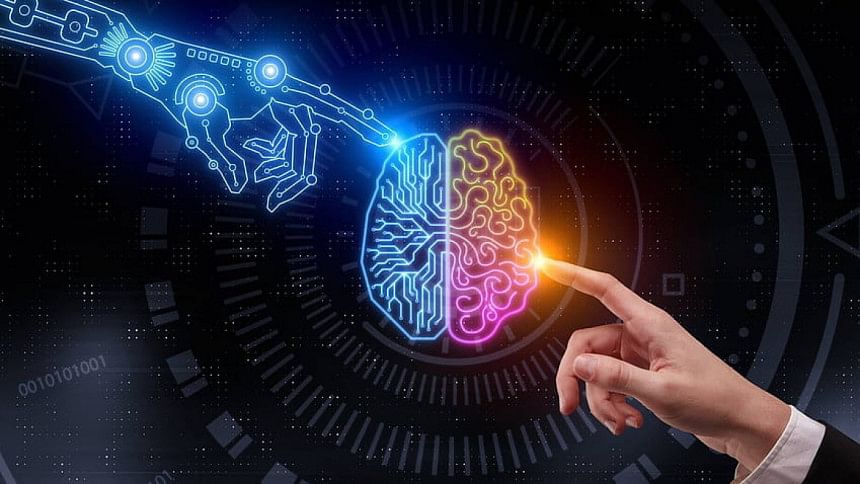Understanding AI and its applications

Artificial Intelligence or AI has been the talk of the town for quite some time now. It has made its mark cementing it as the next step in terms of technological development. But there is more to AI than meets the eye. Some of us still haven't quite grasped what AI really is and how much of our day-to-day life it really affects. Let's decode AI and take a brief look at the many ways it is being applied in various fields. Skynet might not be that far after all!
At its core, AI essentially refers to the development of computer systems that perform tasks which usually require human intelligence. In short, AI starts working like a human would, only much more efficiently. It does this by analysing vast amounts of data, identifying patterns and making decisions just like a human would, based on that inference. AI is like a big data sponge; the more information and data you provide, the more it will learn and use it to be more efficient.
One of the core applications of AI is Machine Learning or ML as it is referred to more commonly. Generally, programmers have to code how an AI will function and leave it to work automatically for a certain amount of time. Where machine learning differs is when an AI program starts to learn without the need for instructions. A good example of this is recommendations on websites like Netflix or Amazon where the AI observes your choices and decisions and 'recommends' you similar movies or products.
Another crucial application of AI is Natural Language Processing. This helps AI programs to understand, interpret, and process human language. Voice assistants like Siri and Google Assistant are prime examples where they process our voice commands and relay necessary information pertaining to the command back to us. This is also in use for translation services, chatbots, and analysis tools for customer service needs.
AI has made tremendous progress in the healthcare sector as well. Doctors and medical professionals can use AI to analyse medical images from X-rays or MRIs to detect abnormalities which would probably not be possible with the human eye. AI can also provide medical diagnoses by analysing symptoms and patient history, thus improving patient care. Although this technology is still in its infancy, the potential for it can be game changing in the future.
Coming to the manufacturing sector, AI reigns supreme. It is transforming the industry by the use of robotics and automation. These robots, powered by AI software can perform tasks at a blistering pace with maximum precision and efficiency. AI in these machines can also detect equipment failures before they occur, minimising downtime and therefore, overall efficiency, all of which leads to increased productivity and reduces costs.
It is important to address some of the major drawbacks of AI however. Like for example, the number of jobs that it will take over from humans as objectively AI is a better employee in certain sectors. This might cause a massive job displacement and needs to be dealt with. Same goes with tampering, whereas AI can be manipulated to favour certain biases which might drive the wedge of discrimination even further.
Although AI has some aspects to it that need fine tuning, overall, it is the next industrial revolution we are witnessing in our lifetimes. With time, AI will only get more integrated into our lives. Its potential is endless and it totally depends on how we utilise this technology in the future.

 For all latest news, follow The Daily Star's Google News channel.
For all latest news, follow The Daily Star's Google News channel. 








Comments